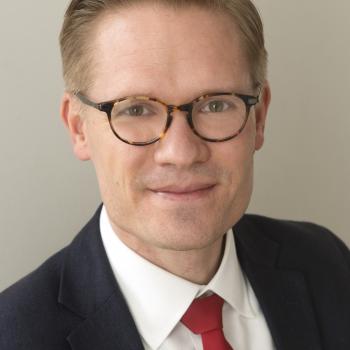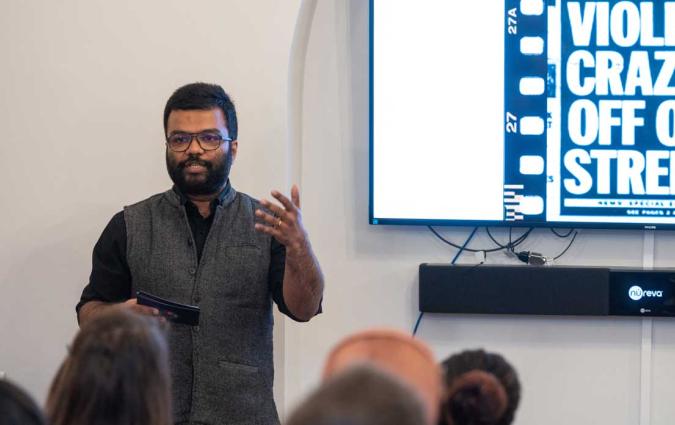Digital News Report 2017

DOI: 10.60625/risj-5srx-vt08
This year’s report comes amid intense soul-searching in the news industry about fake news, failing business models, and the power of platforms. And yet our research casts new and surprising light on some of the prevailing narratives around these issues.
The internet and social media may have exacerbated low trust and ‘fake news’, but we find that in many countries the underlying drivers of mistrust are as much to do with deep-rooted political polarisation and perceived mainstream media bias.
Echo chambers and filter bubbles are undoubtedly real for some, but we also find that – on average – users of social media, aggregators, and search engines experience more diversity than non-users. • Though the economic outlook for most media companies remains extremely difficult, not all the indicators are getting worse. The growth of ad-blocking has stopped while online subscriptions and donations are picking up in some countries. Our focus groups provide some encouragement that more might be prepared to pay in the future if content is sufficiently valuable, convenient, and relevant.
With data covering more than 30 countries and five continents, this research is a reminder that the digital revolution is full of contradictions and exceptions. Countries started in different places, and are not moving at the same pace. These differences are captured in individual country pages that can be found towards the end of this report. They contain critical industry context written by experts as well as key charts and data points. The overall story around the key trends is captured in this executive summary with additional analysis on some subject areas in a separate section.









